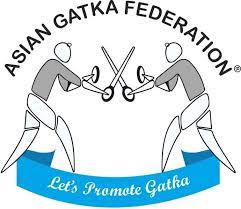INDIAN MARTIAL ARTS

A Modern Resurgence
Some of the prominent Indian martial arts that adorn the subcontinent include:
Kusti: Indian wrestling, which showcases the physical prowess of its participants.
Lathi: An ancient armed martial art, also referring to one of the world’s oldest weapons – the stick.
Gatka: An age-old Indian martial art centered around self-defense, primarily focusing on stick-fighting as a precursor to sword training.
Kalaripayattu: A renowned martial art from Kerala, known as one of the oldest fighting systems in existence. It emphasizes strikes, kicks, and various weapon-based practices, with footwork patterns at its core.
Silambam: A weapon-based martial art hailing from Tamil Nadu, encompassing a wide array of weaponry. Silambam also features “Kuttu Varisai,” an unarmed form of martial art.
Thang Ta: A popular Manipuri martial art, also recognized as Huyen Lallong, primarily featuring sword and spear play.
Mardani Khel: A traditional armed martial art born in Maharashtra, credited to the Marathas.
Pari-Khanda: A style of sword and shield fighting originating from Bihar, rooted in Rajput traditions. The techniques and steps of Pari-Khanda are also integrated into the captivating Chau dance.
